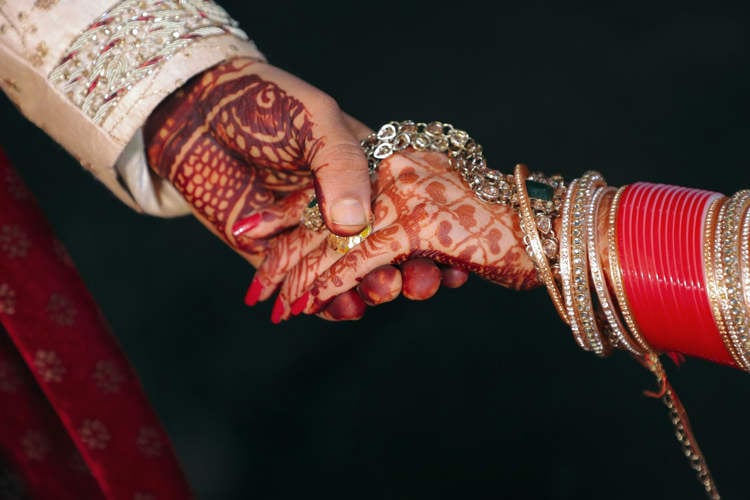Ok, what’s the last thing you’d expect to see at a funeral? So maybe stripper isn’t the first thing that pops into your head, but you have to admit it’s pretty darn strange. Apparently, in Taiwan, bringing a stripper to the funeral is an important part of the grieving process.
Taiwan’s funeral strippers would have probably remained a mystery to the western world, if not for the efforts of anthropologist Mark L. Moskowitz, who wanted to show US audiences what real culture is. His 40-minute documentary, Dancing for the Dead: Funeral Strippers in Taiwan, sheds light on the bizarre practice through interviews with strippers, government officials and common folk.
Funeral strippers are apparently a pretty big part of Taiwanese culture, especially in rural areas. Up to the mid 1980s, this kind of raunchy performances took place all over the island, even in the capital city of Taipei, but after authorities passed laws against it, it disappeared from urban settlements and moved to the country. The laws aren’t as easy to enforce there and people seem to enjoy going to a funeral knowing they’ll get some adult entertainment. Strippers usually arrive on the back of diesel trucks known as Electric Flower Cars, and perform in front of the dead and his mourners. The scantly-dressed girls do pole dancing, sing, and some even come down from their stage to interact with the audience (sit on their laps, give lap dances, shove their heads into their breasts, etc.).
According to Nury Vittachi, funeral stripping was born around 25 years ago, when the Taiwanese mafia who ran the country’s nightclub scene, took over an important part of the country’s mortuary business. At one point, the mafia bosses decided to somehow combine the two businesses and increase their incomes. From then on, anyone who booked a funeral through one of their parlors also got a stripper at discount price. At first, people were a bit confused, but after they were told this would attract more mourners to the funeral, thus honoring the dead even more, they were sold.
While Moskowitz didn’t see complete nudity while filming his documentary, he claims all the people he spoke with had seen Electric Flower Car girls perform in the nude. He suspects the girls didn’t want to do it in front of the camera because they were afraid they would get in trouble with the law. And for good reason, since funeral stripping is heavily criticized by those in power. Still he did see girl dressed in very short skirts, revealing tops and bikinis performing in rural Taiwan, for modest fees.





















